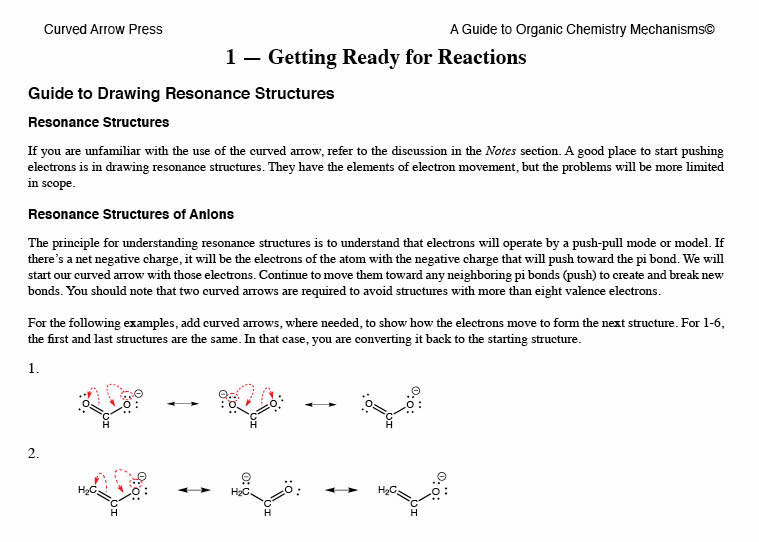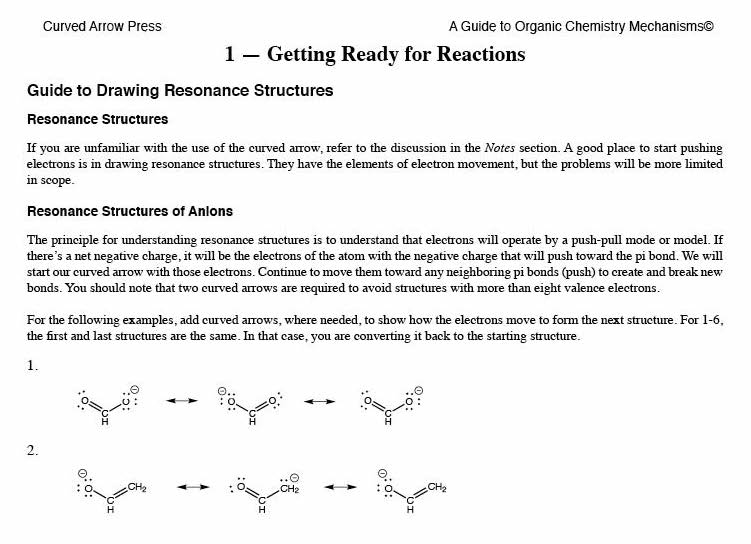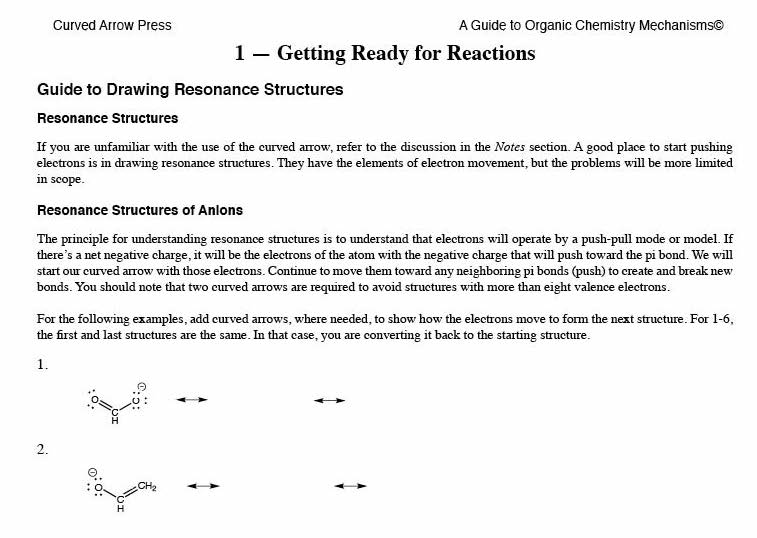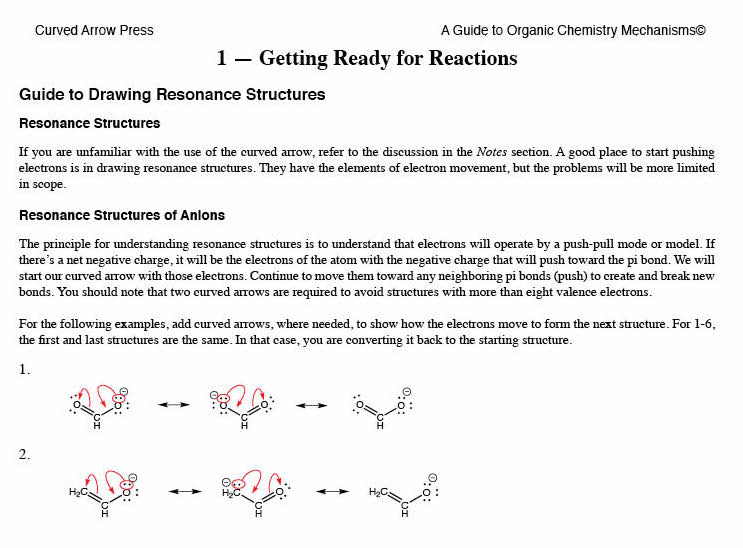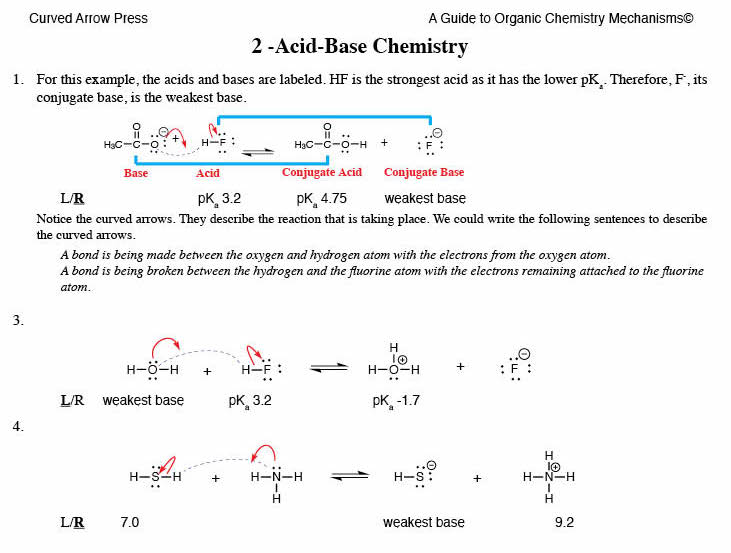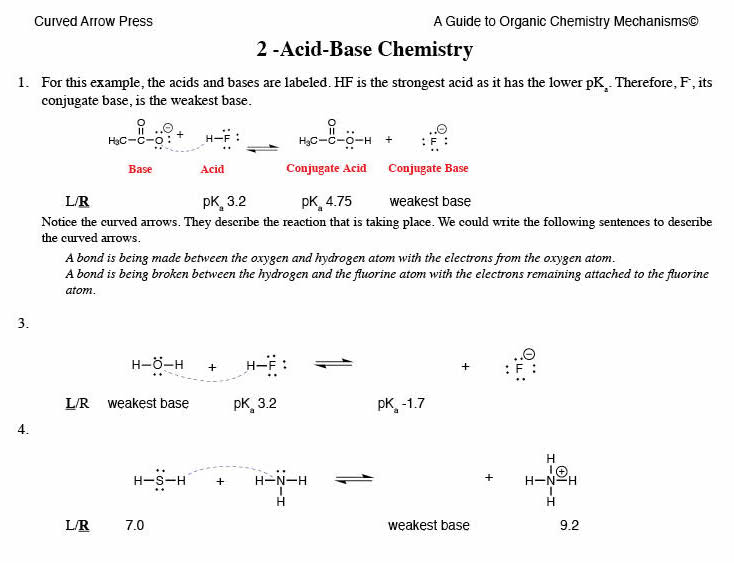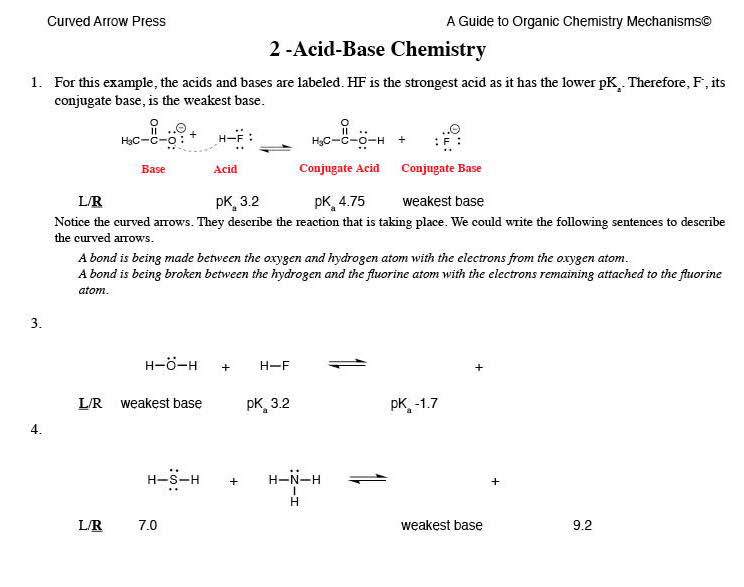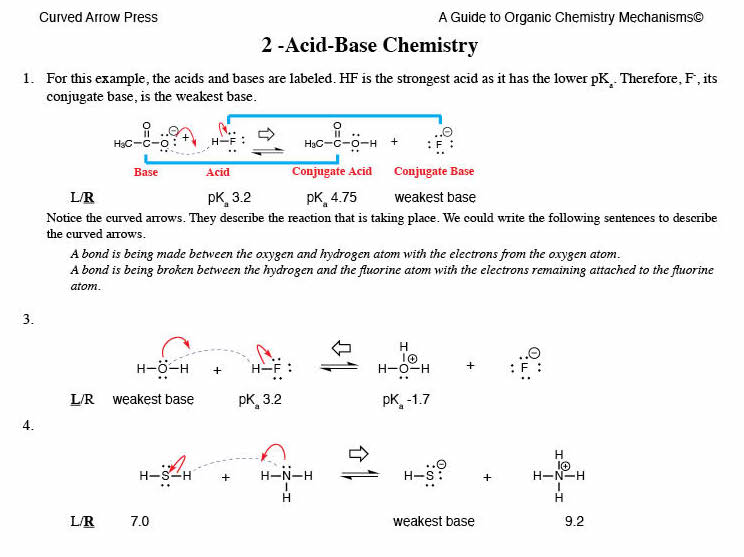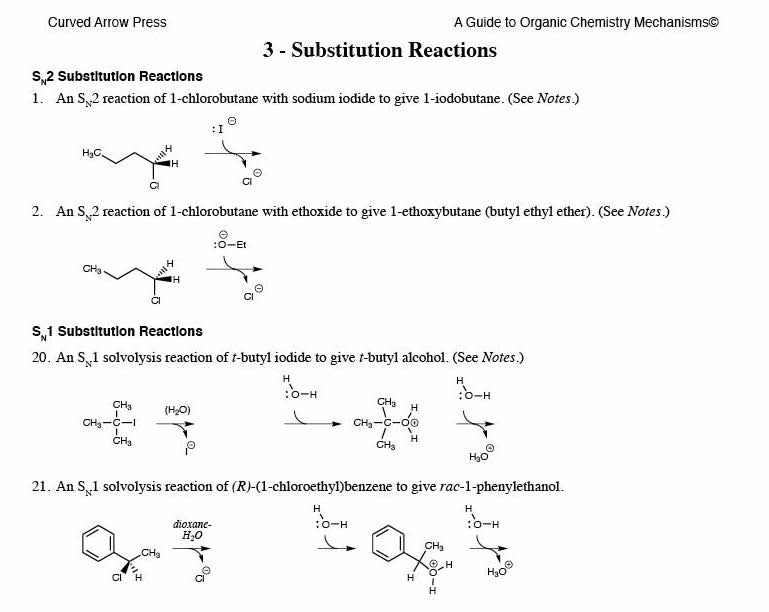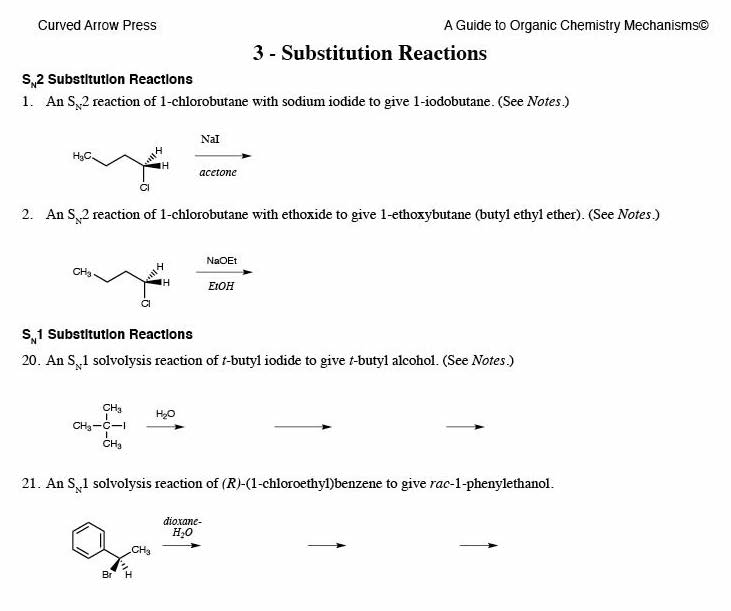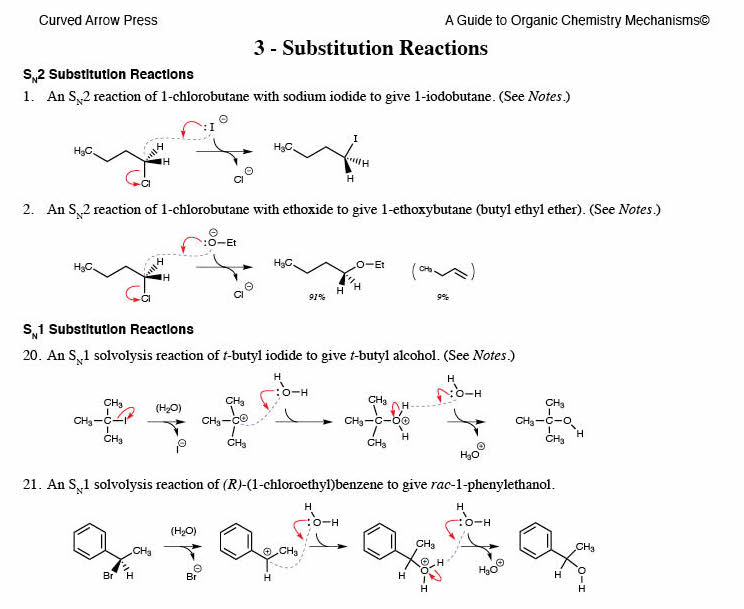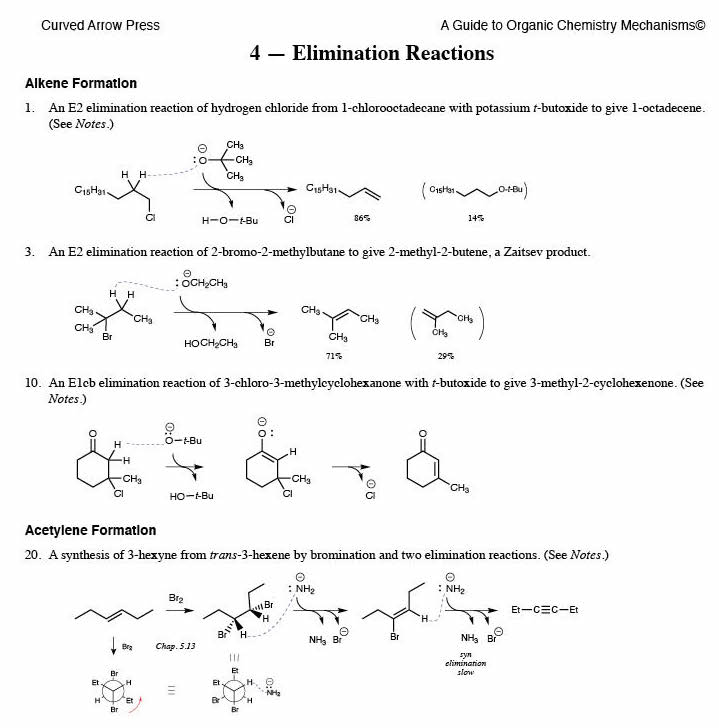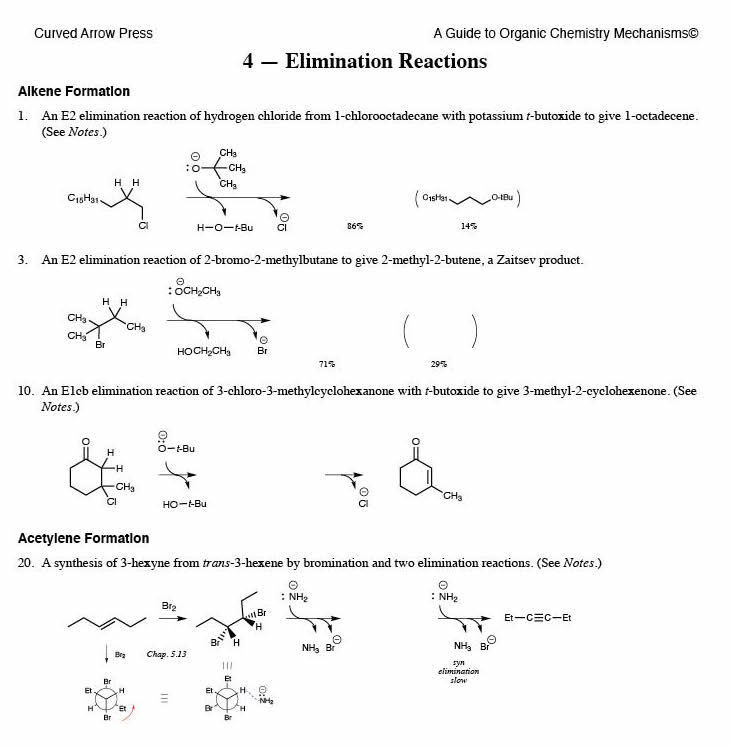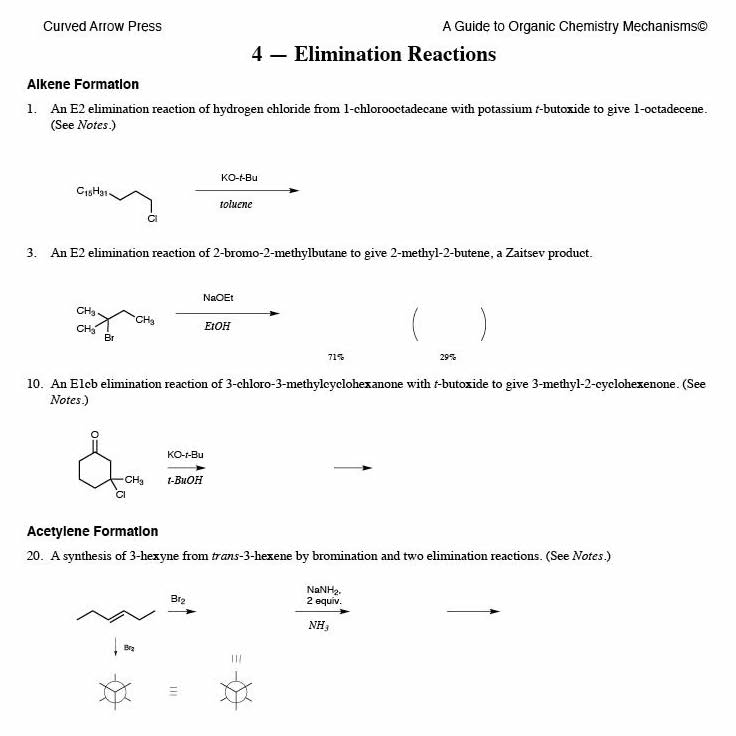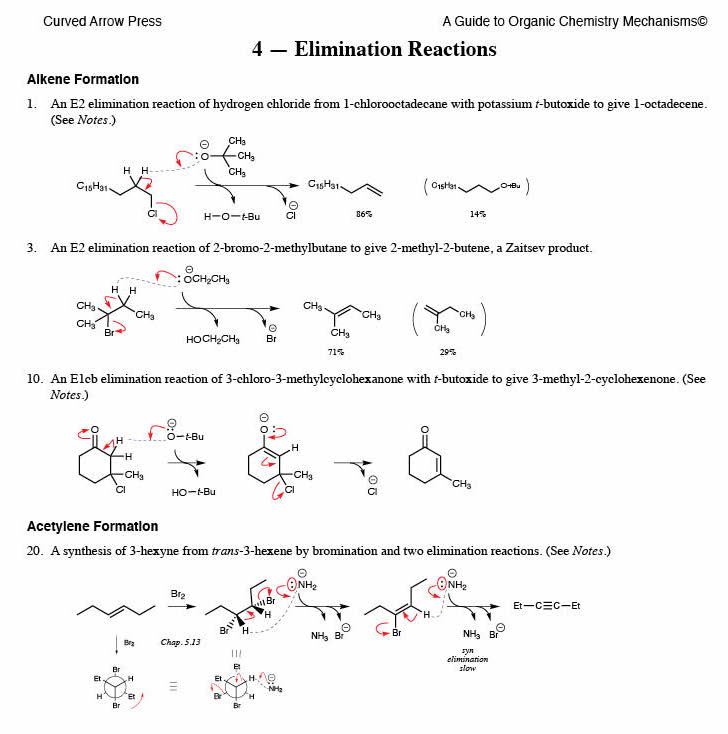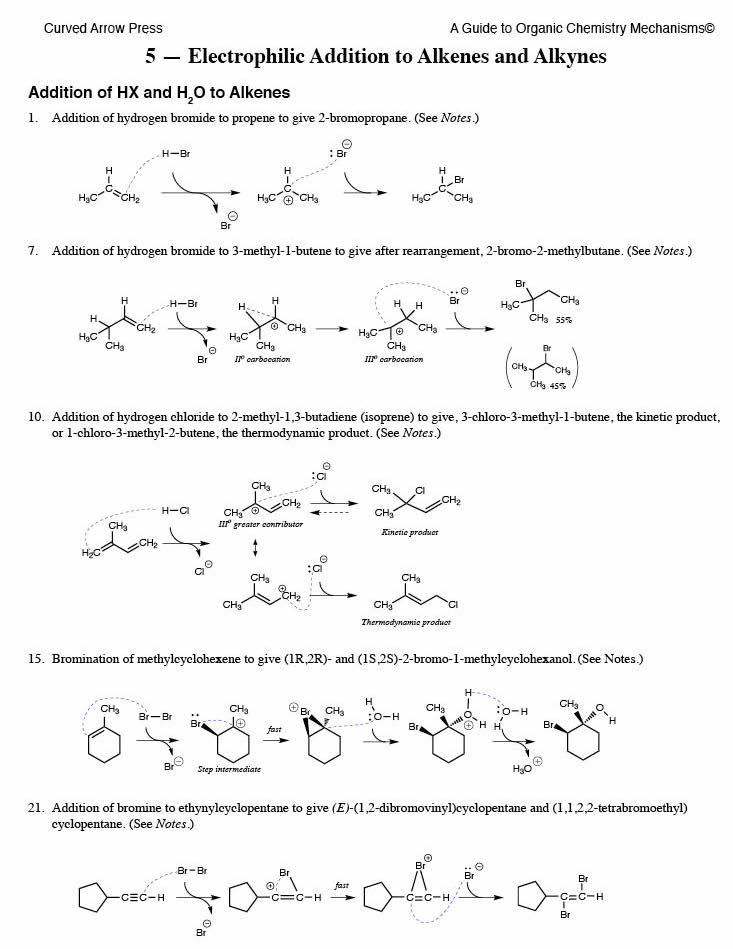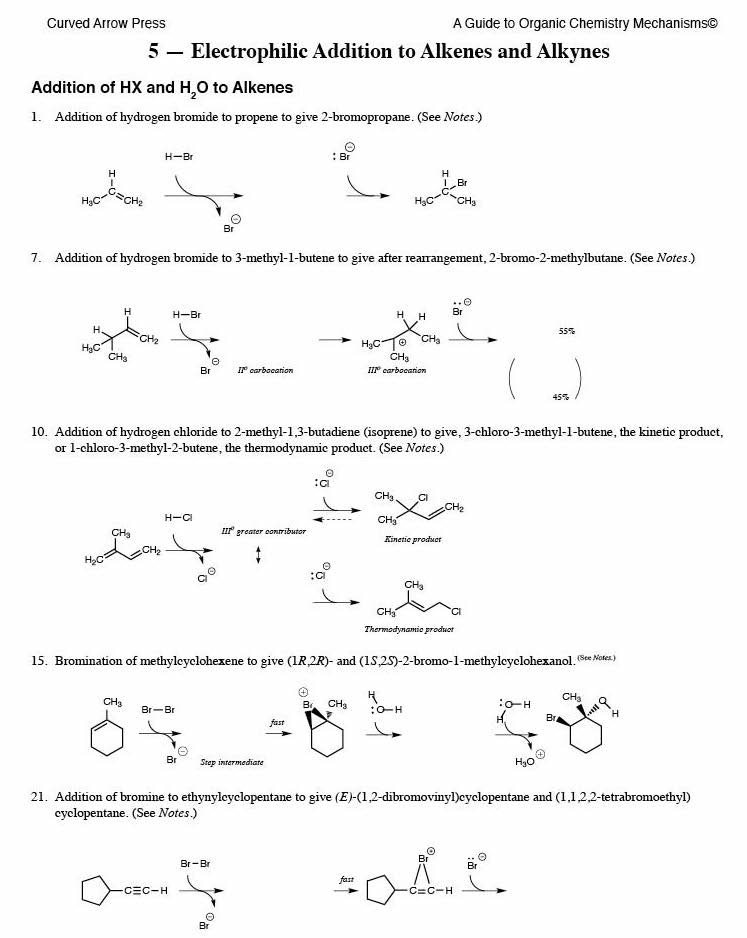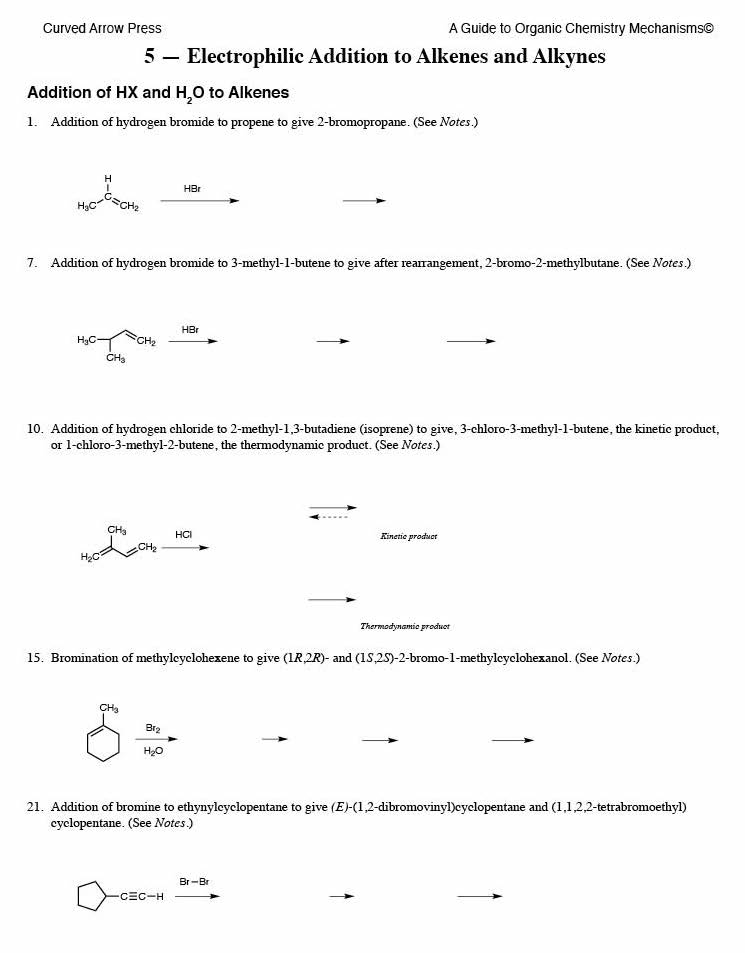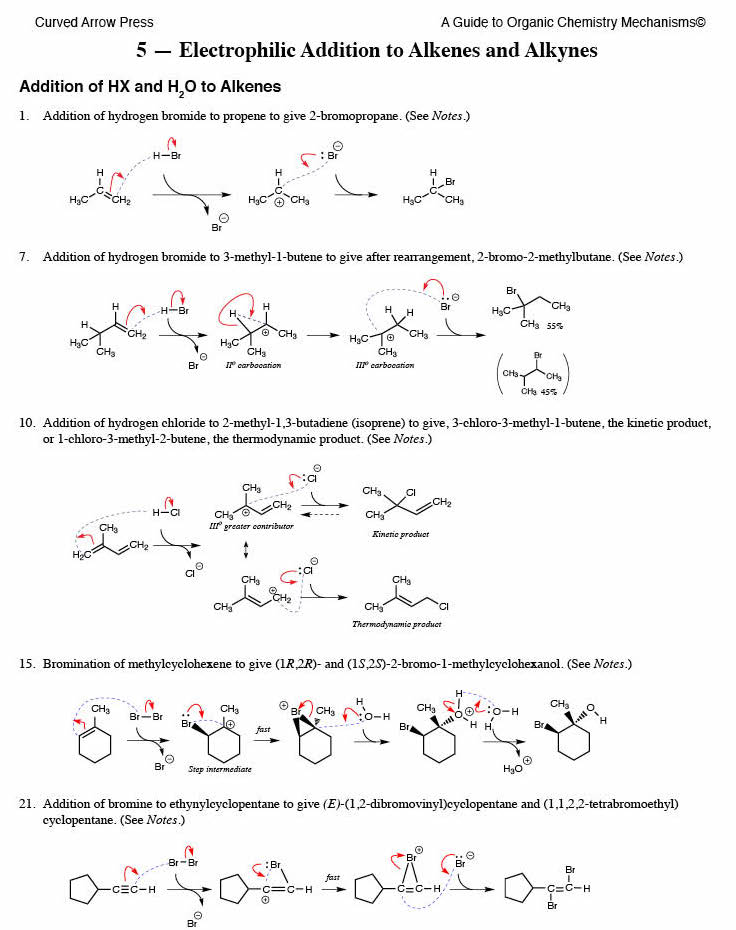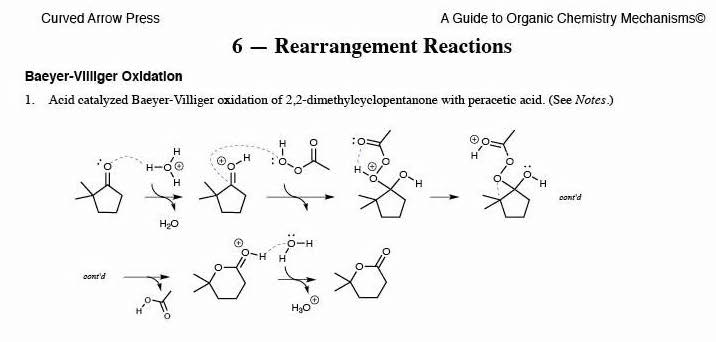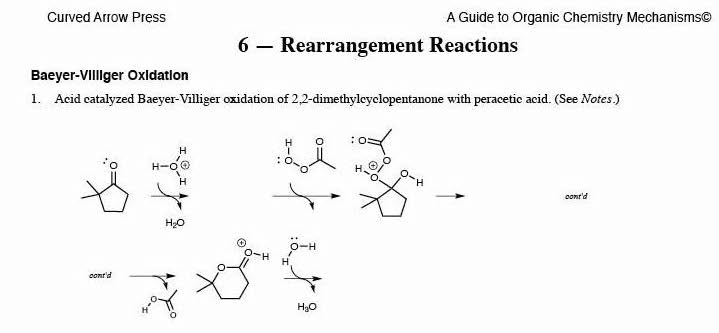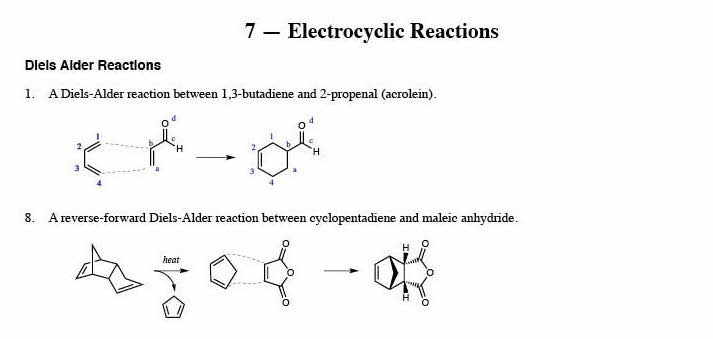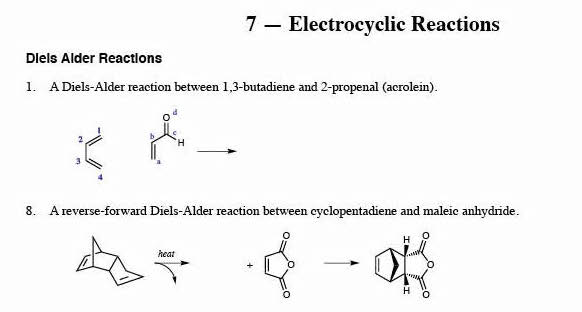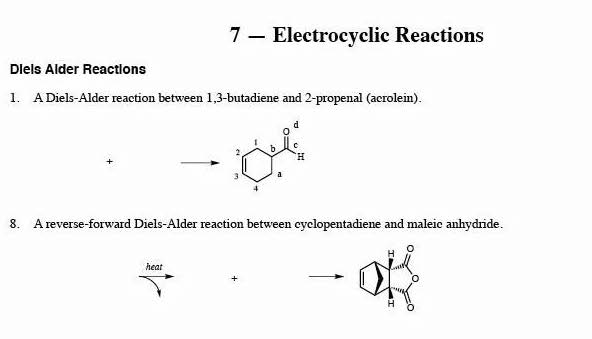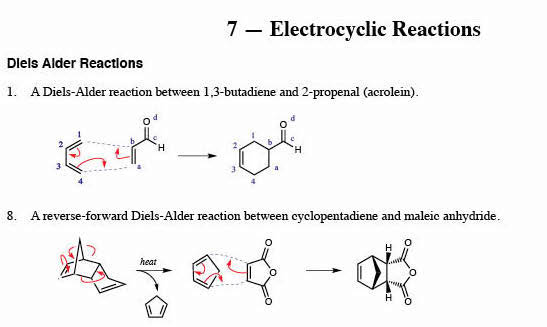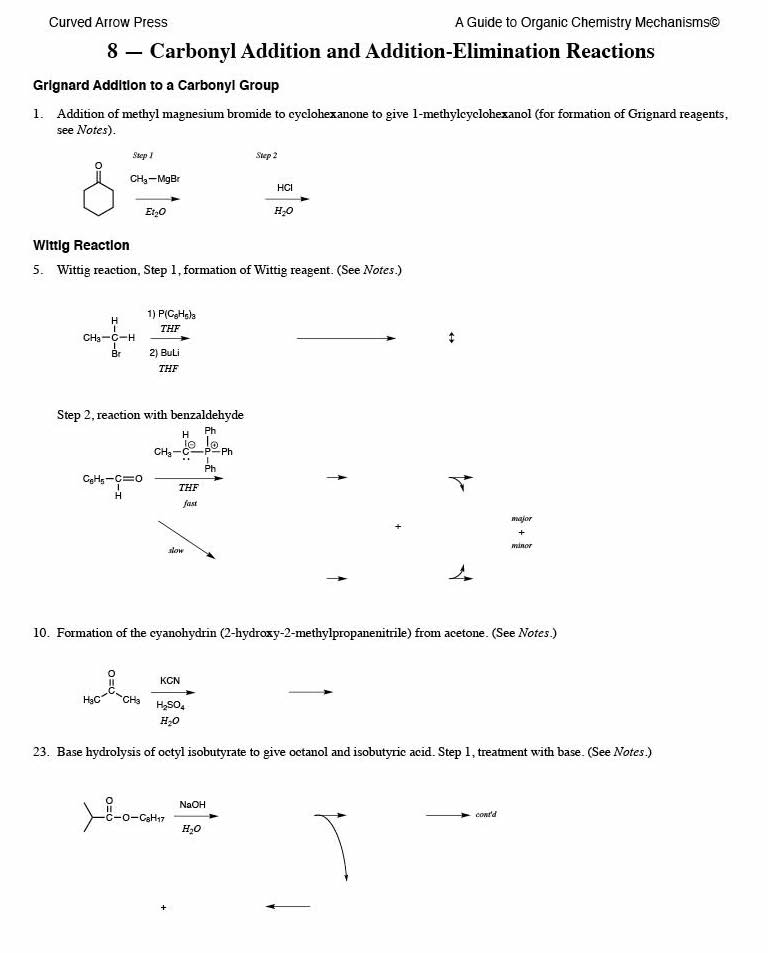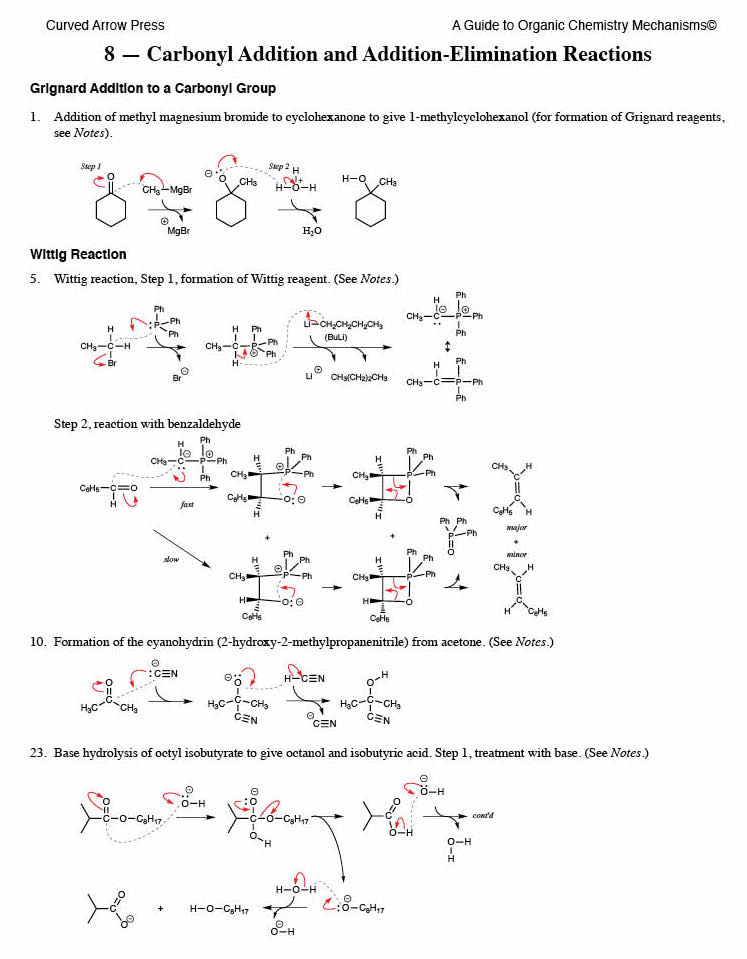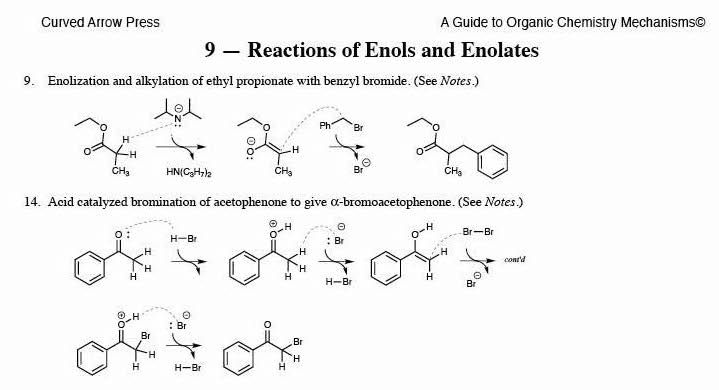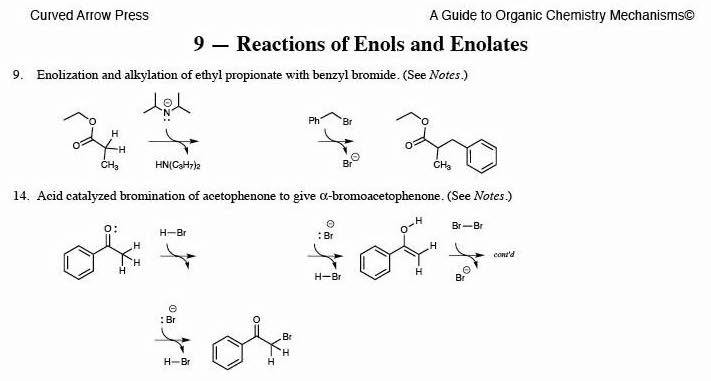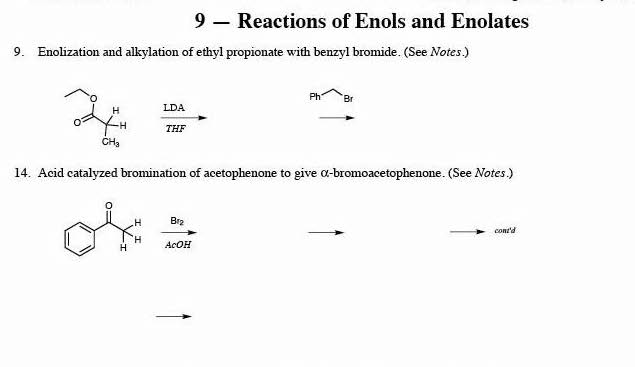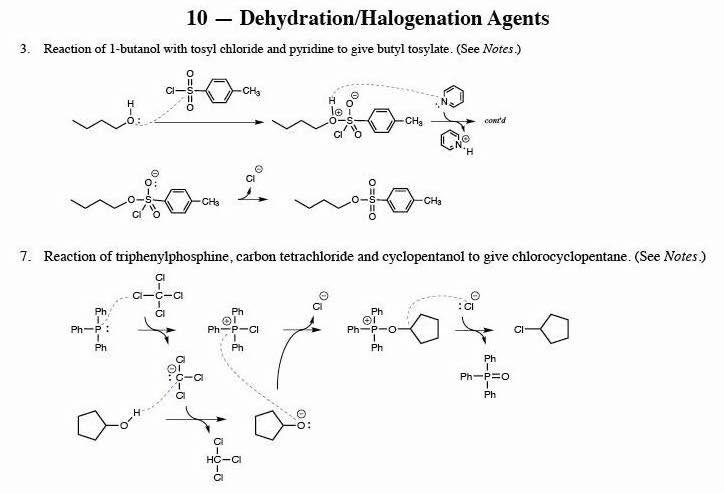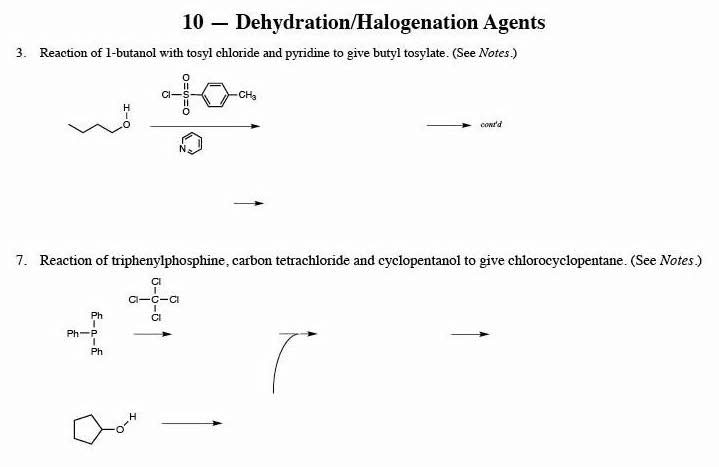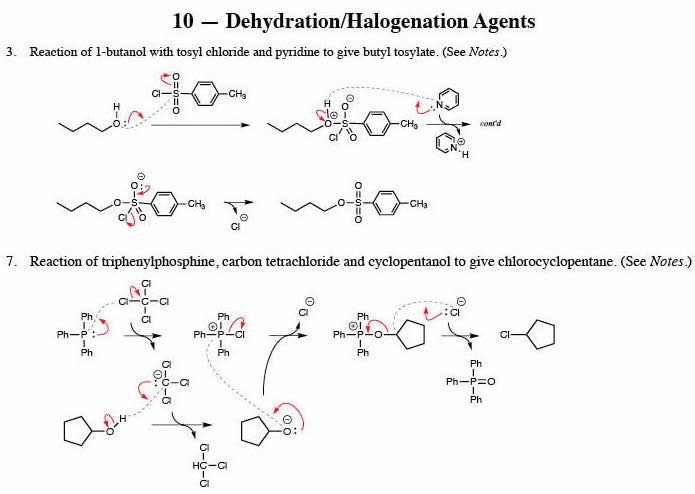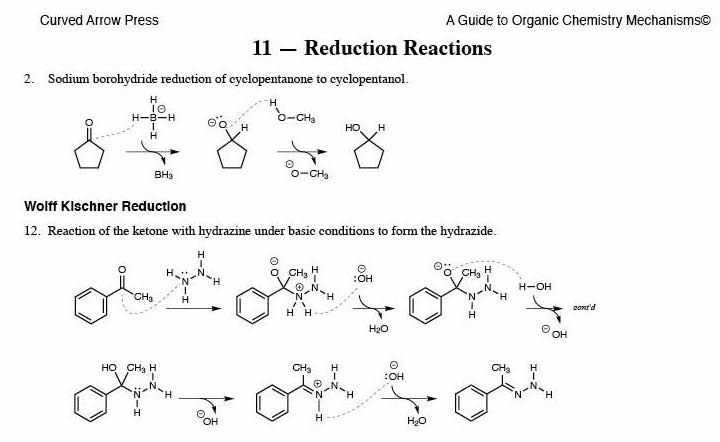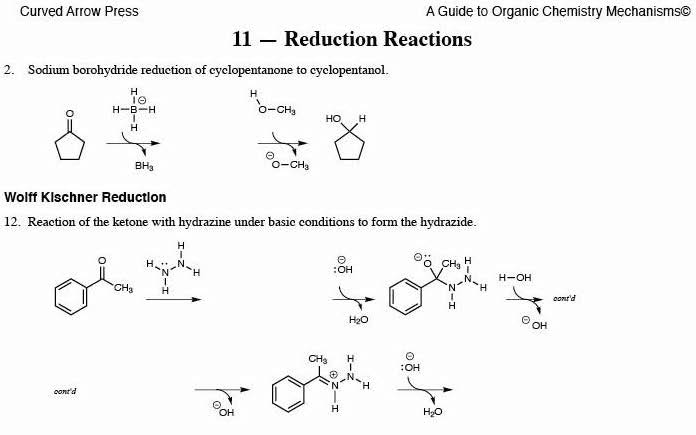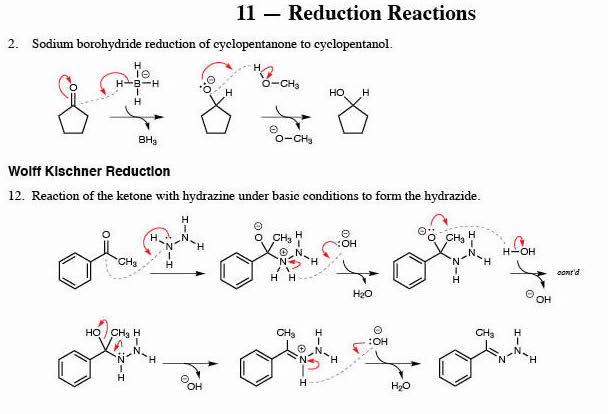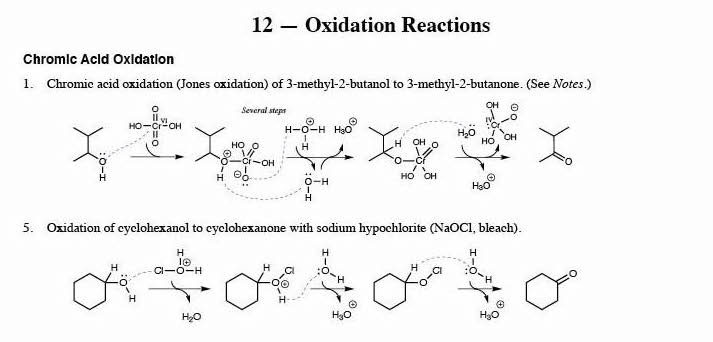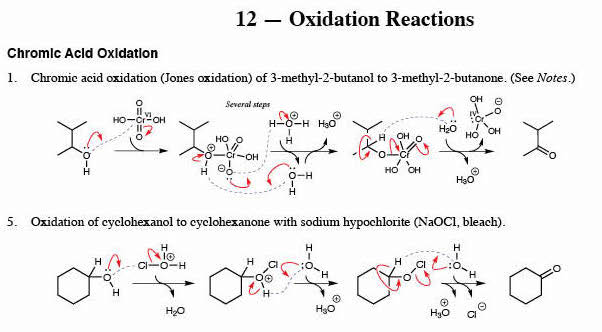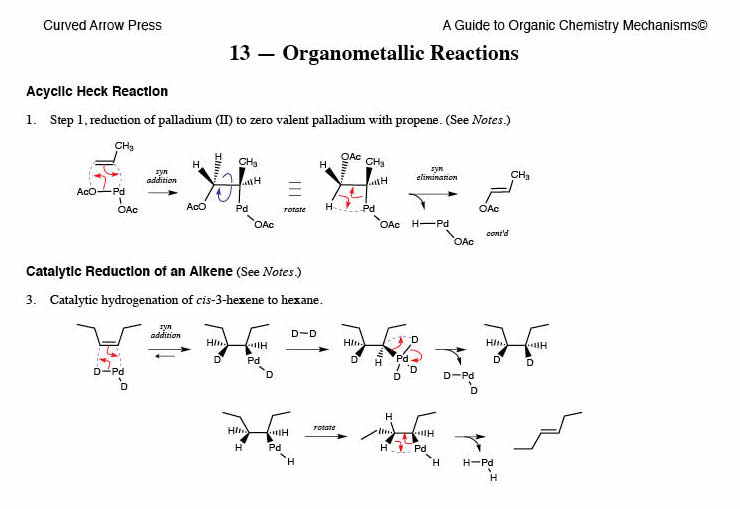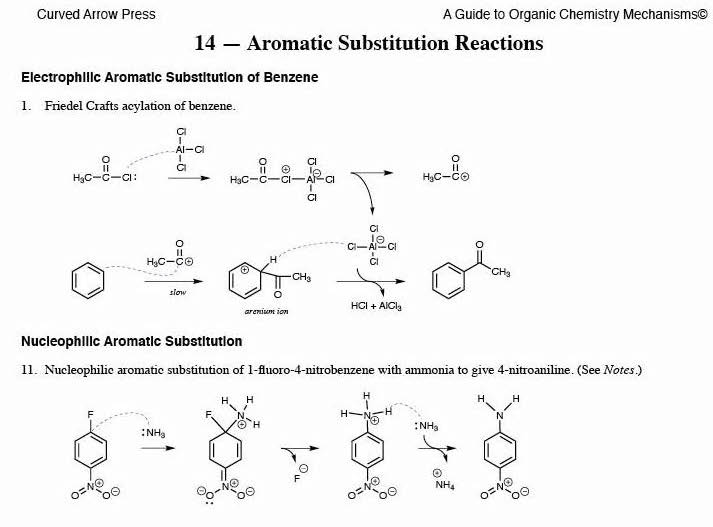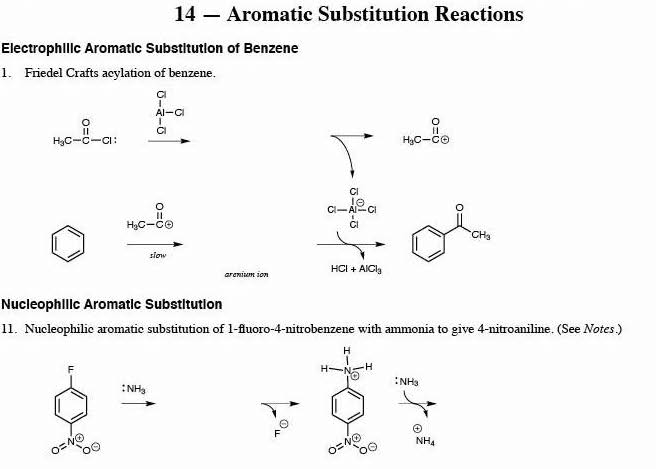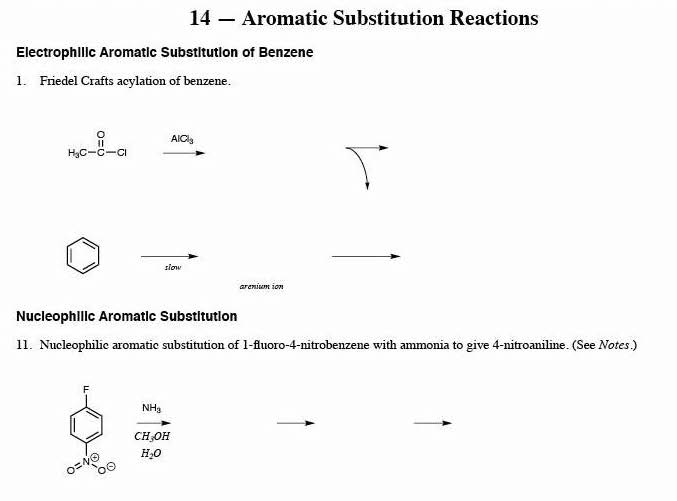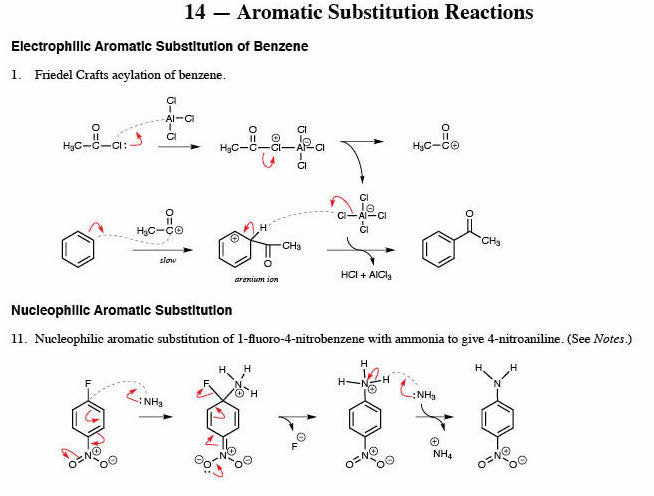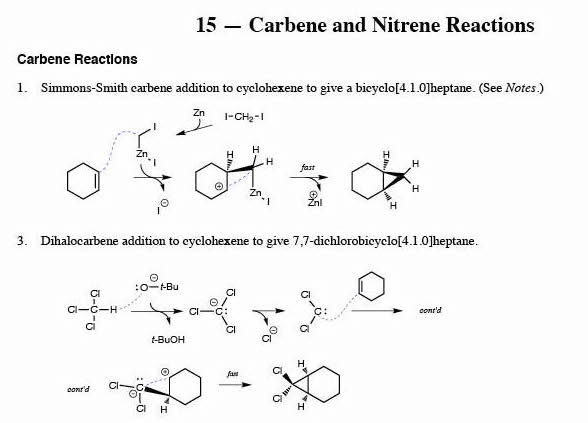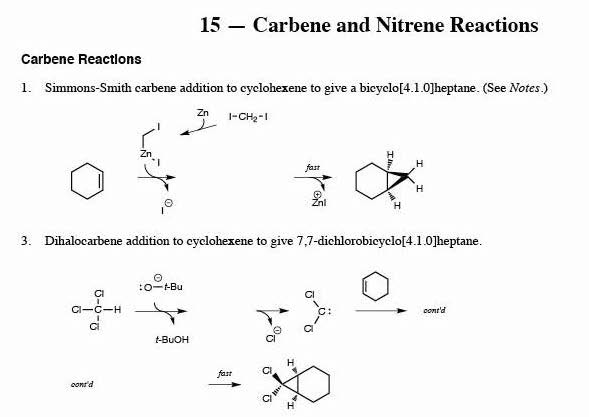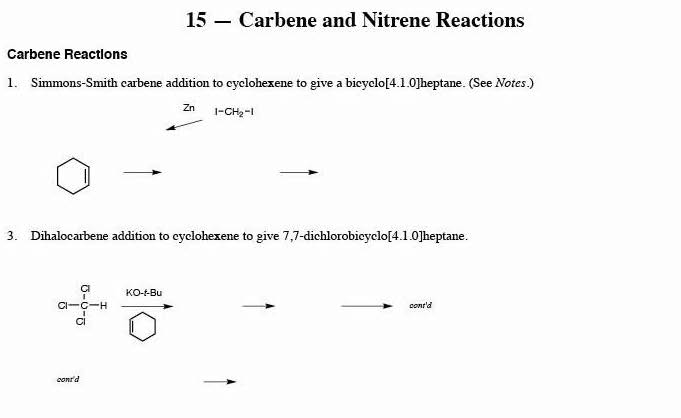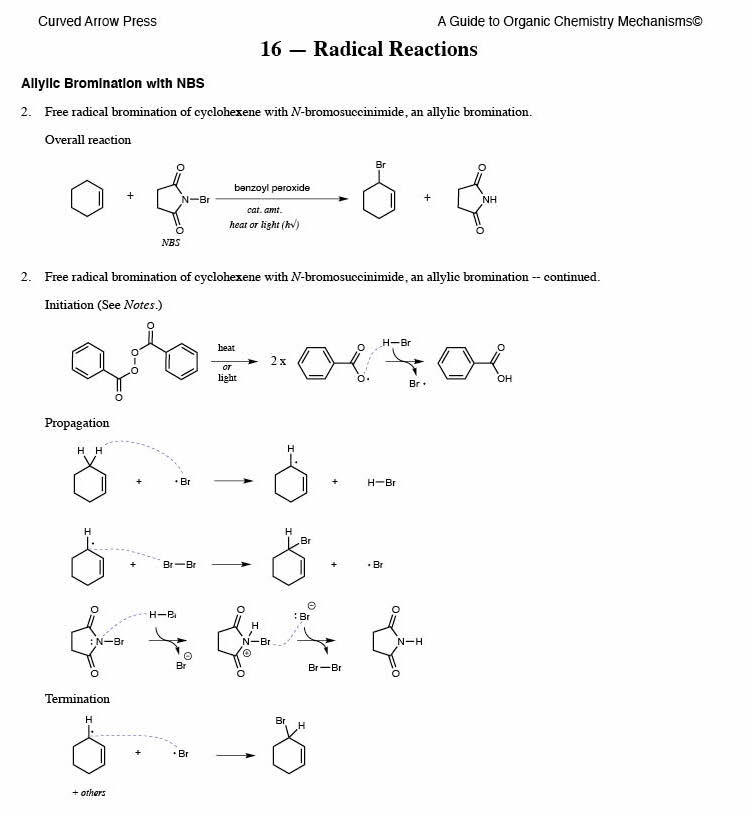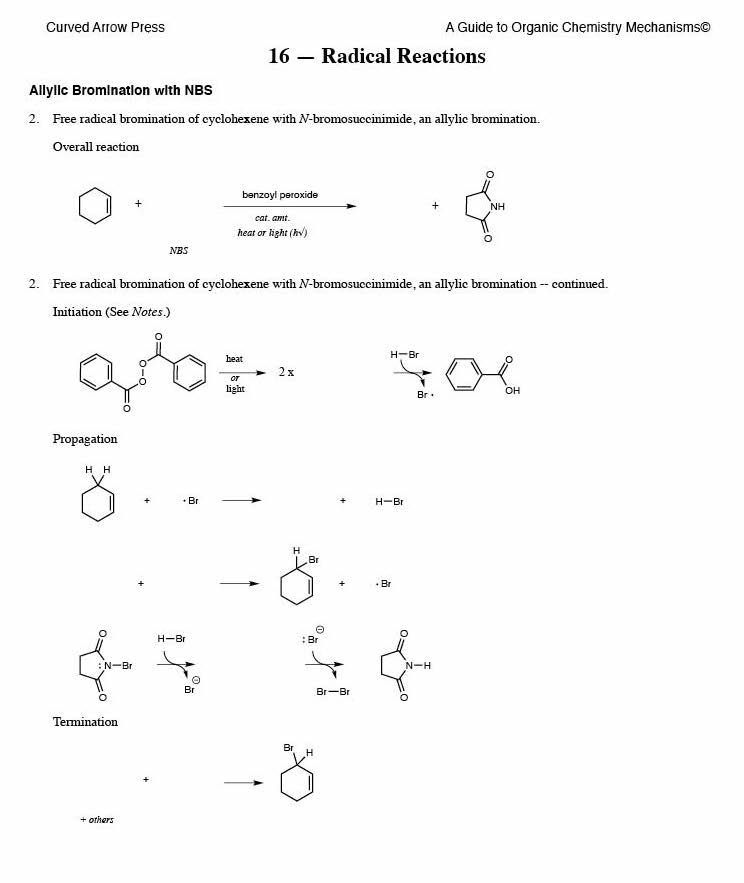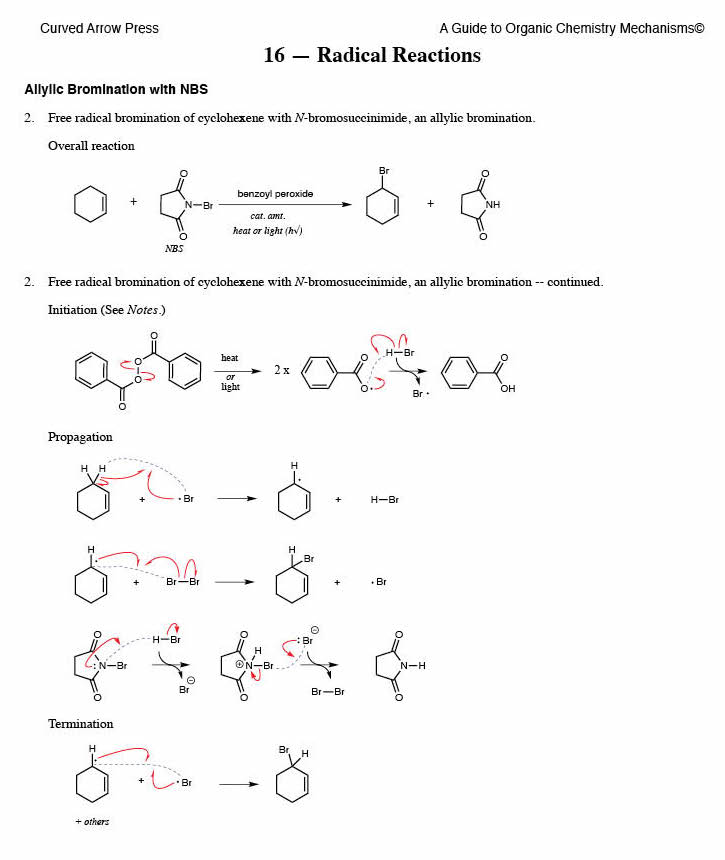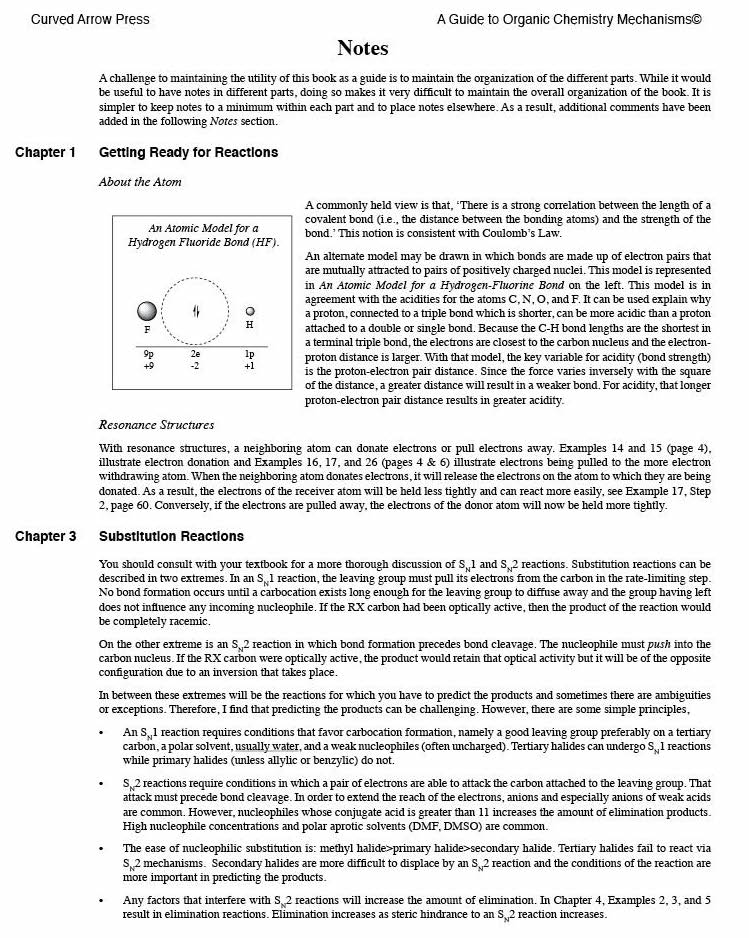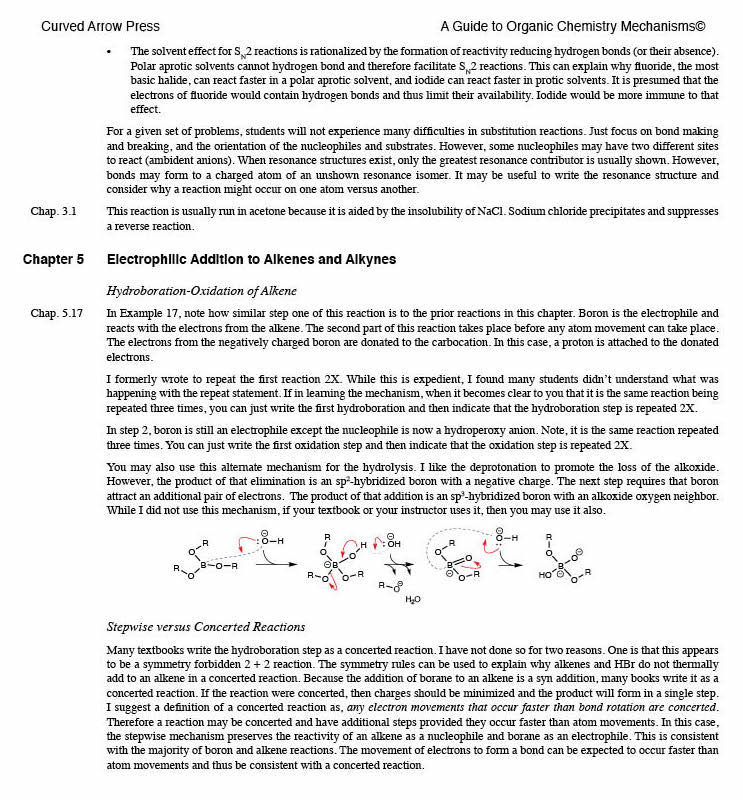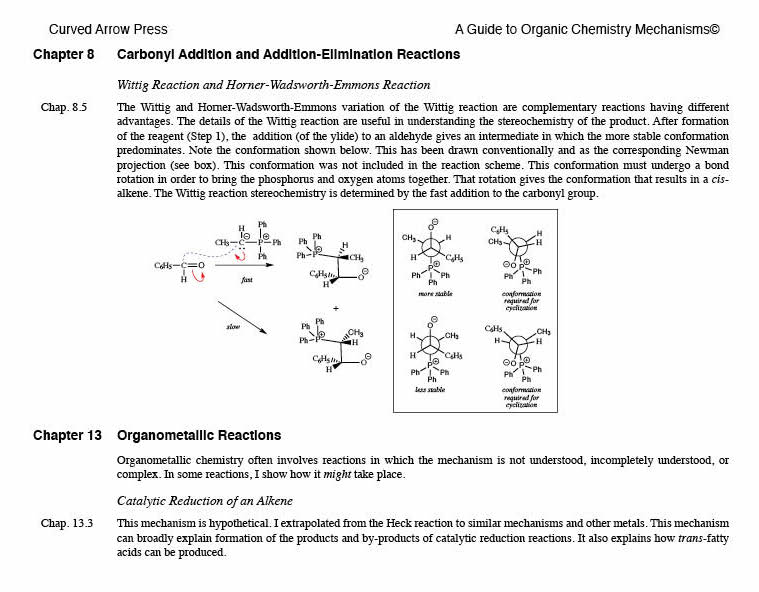A Guide to Organic Chemistry Mechanisms
Do these problems from the book. Start with Part A, print them out, and do them. Then do Part B, print them out and do them. They are the same problems, but some information missing. Then do Part C. They are like the problems in a text book.
Do these problems from the book. Start with Part A, print them out, and do them. Then do Part B, print them out and do them. They are the same problems, but some information missing. Then do Part C. They are like the problems in a text book.
How to study? For organic chemistry, you apply organic chemistry patterns to problems. How do you learn those patterns? By solving problems! The above are three pages of problems. Download them and print them out. Do Part A. It should not take more than five minutes. Do Part B. It will take longer, but you should still be able to do it. Do Part C. These are an easier version of the problems that you are given to solve on your homework, quizzes, and exams. However, they will also take the most time to solve. (You may wish to repeat Parts A or B to help you.) What you are doing it programming your brain. For that to be effective, you must succeed in writing the solutions. I believe this is how you should study.
For a better perspective of the kinds of problems that are present in the book, you can look at individual pages or download the sampler. The individual pages are less than 100 KB each. The Sampler contains problems from every chapter, the Table of Contents, the indices, and sample pages from the Notes Appendix.
Chap 1; Resonance
Chap 2; Acid-Base Reactions
Chap 3; Substitution
Chap 4; Elimination
Chap 5; Alkene & Alkyne Electrophilic Addition
Chap 6; Rearrangement
Chap 7; Diels-Alder
Chap 8; Carbonyl Addition
Chap 9; Carbonyl Enolization
Chap 10; Dehydration-Halogenation Rxns
Chap 11; Reduction
Chap 12; Oxidation
Chap 13; Organometallic
Chap 14; Aromatic Substitution
Chap 15; Carbene & Nitrene
Chap 16; Radical Rxns
Notes, Notes, Notes
Sampler Download pdf (1.7 MB)
Chap 1; Resonance
Chap 2; Acid-Base Reactions
Chap 3; Substitution
Chap 4; Elimination
Chap 5; Alkene & Alkyne Electrophilic Addition
Chap 6; Rearrangement
Chap 7; Diels-Alder
Chap 8; Carbonyl Addition
Chap 9; Carbonyl Enolization
Chap 10; Dehydration-Halogenation Rxns
Chap 11; Reduction
Chap 12; Oxidation
Chap 13; Organometallic
Chap 14; Aromatic Substitution
Chap 15; Carbene & Nitrene
Chap 16; Radical Rxns
Notes, Notes, Notes
Sampler Download pdf (1.7 MB)
